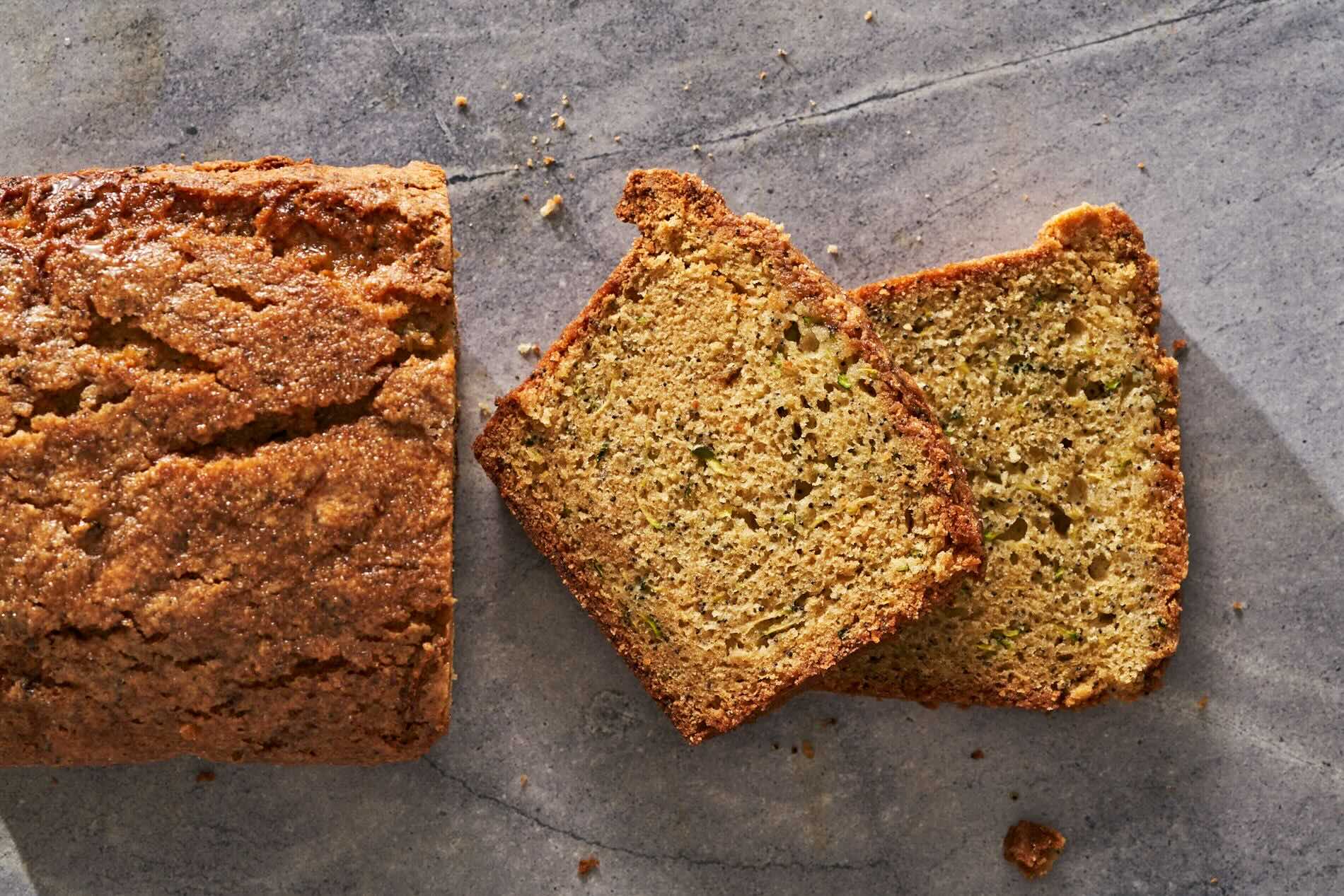

Articles
How To Store Quick Bread
Modified: December 7, 2023
Learn how to store quick bread effectively with these helpful articles. Preserve freshness and maximize shelf life.
(Many of the links in this article redirect to a specific reviewed product. Your purchase of these products through affiliate links helps to generate commission for Storables.com, at no extra cost. Learn more)
Introduction
Welcome to the world of delicious quick breads! Whether you’re a seasoned baker or just starting out, knowing how to properly store your freshly baked creations is essential for maintaining their flavor and freshness. Quick breads, such as banana bread, zucchini bread, and pumpkin bread, are moist and tender treats that are perfect for snacking or sharing with loved ones. However, improper storage can lead to dry and stale bread, which no one wants to experience. In this article, we will guide you through the process of storing quick breads to ensure they stay moist and tasty for as long as possible.
Key Takeaways:
- Properly storing quick bread is crucial for maintaining its freshness and flavor. Choose the right container, wrap it tightly, and store at the appropriate temperature to extend its shelf life.
- Freezing quick bread is a great option for future enjoyment. Follow proper wrapping and labeling techniques, and use the right thawing and reheating methods to bring back its deliciousness.
Read more: How Quickly Does Oenothera Germinate
Choosing the Right Container
When it comes to storing quick bread, selecting the right container is crucial for preserving its freshness. Here are a few options:
- Airtight Container: An airtight container is one of the best choices for storing quick bread. It helps to prevent air from getting in, which can cause the bread to dry out. Look for a container that is large enough to hold the bread without squishing it.
- Plastic Wrap: If you don’t have an airtight container, you can tightly wrap the bread in plastic wrap. Make sure to press the wrap directly onto the surface of the bread to reduce air exposure.
- Ziplock Bag: Another option is to place the quick bread in a resealable ziplock bag. Squeeze out any excess air before sealing it shut.
Remember, the key is to minimize air exposure to keep the bread moist and prevent it from drying out.
Wrapping Quick Bread
Properly wrapping your quick bread is essential for maintaining its freshness and preventing it from drying out. Here are a few tips on how to wrap your quick bread:
- Plastic Wrap: One of the easiest and most effective ways to wrap quick bread is with plastic wrap. Start by placing the bread in the center of a sheet of plastic wrap. Then, bring the sides of the wrap up and over the bread, tightly securing it. Be sure to press the wrap firmly against the surface of the bread to eliminate any air pockets.
- Aluminum Foil: Another option for wrapping quick bread is aluminum foil. Simply wrap the bread in a tightly-sealed layer of foil, making sure to cover all sides. This will provide additional protection against air and moisture loss.
- Parchment Paper and Wax Paper: If you prefer an eco-friendly option, you can use parchment paper or wax paper to wrap your quick bread. Similar to plastic wrap, place the bread in the center of the paper and fold the edges tightly over it. Use tape or a ribbon to secure the paper in place.
- Bread Bags: If you have them on hand, bread bags are specifically designed to keep baked goods fresh. Slide your quick bread into a bread bag and twist or seal it closed. This will help preserve the moisture within the bread.
Regardless of the method you choose, ensure that the quick bread is tightly wrapped to prevent air from getting in. This will help maintain its moisture and prolong its shelf life.
Storing at Room Temperature
Room temperature storage is suitable for quick breads that are fresh and will be consumed within a couple of days. Here are some guidelines to follow:
- Cool Completely: Before storing your quick bread, make sure it has cooled completely. This allows the bread to set properly and prevents excess moisture from building up inside the container.
- Airtight Container: Place the cooled quick bread in an airtight container or wrap it tightly in plastic wrap or aluminum foil. The airtight seal will help maintain the bread’s moisture and prevent it from drying out.
- Keep Away from Heat and Direct Sunlight: Choose a cool spot in your kitchen or pantry to store the bread. Avoid placing it near appliances that emit heat or in direct sunlight, as this can accelerate the drying process.
- Check for Freshness: Periodically check the quick bread for any signs of spoilage, such as mold or an off smell. If you notice any indications of spoilage, discard the bread immediately.
When stored at room temperature, quick breads can typically stay fresh for up to 3-4 days. However, keep in mind that the exact shelf life may vary depending on the specific recipe and environmental conditions.
If you plan on storing the quick bread for an extended period or if you live in a hot and humid climate, it’s recommended to store it in the refrigerator or freezer for optimal freshness.
Store quick bread in an airtight container or wrapped tightly in plastic wrap at room temperature for up to 3 days. For longer storage, freeze the bread in a freezer-safe bag or container for up to 3 months.
Freezing Quick Bread
Freezing quick bread is a great option if you want to extend its shelf life and have it on hand for later enjoyment. Follow these steps to freeze your quick bread:
- Cool Completely: Allow the quick bread to cool completely before freezing. This will ensure that the bread retains its texture and moisture after it’s thawed.
- Wrap for Freezing: Wrap the quick bread tightly in plastic wrap, aluminum foil, or place it in a resealable freezer bag. The goal is to create an airtight barrier that will prevent freezer burn and maintain the bread’s quality during freezing.
- Label and Date: Don’t forget to label the package with the name of the bread and the date it was frozen. This will help you keep track of how long the bread has been in the freezer.
- Place in Freezer: Put the wrapped quick bread in the freezer, making sure it lays flat to maximize storage space. If you’re freezing multiple loaves, consider placing a layer of parchment paper or plastic wrap between each loaf to prevent them from sticking together.
- Freeze for up to 3 months: Quick breads can be stored in the freezer for up to three months. After this period, the quality may start to decline.
By following these steps, your quick bread will retain its flavor and texture when you’re ready to enjoy it in the future.
Note: Slicing the quick bread before freezing can make it easier to thaw and serve individual portions as needed.
Read more: How To Quickly Defrost A Freezer
Thawing and Reheating Quick Bread
When you’re ready to enjoy your frozen quick bread, you’ll need to properly thaw and reheat it to bring back its deliciousness. Here’s how:
- Thawing: Remove the wrapped quick bread from the freezer and let it thaw at room temperature for a few hours or overnight. It’s important to thaw the bread slowly to preserve its texture and moisture. Avoid using the microwave or oven to speed up the thawing process, as this can result in uneven heating or drying out the bread.
- Reheating: Once the quick bread is thawed, you can enjoy it as is or warm it up for a freshly baked taste. There are a few methods to reheat quick bread:
- Oven: Preheat your oven to 350°F (175°C). Remove the wrapping from the quick bread and place it on a baking sheet. Heat in the oven for 10-15 minutes, or until it’s heated through. This method will help revive the bread’s crust and make it slightly crisp.
- Toaster Oven: If you have a toaster oven, you can slice the quick bread and toast it. Adjust the temperature and time according to your desired level of toastiness.
- Microwave: If you’re short on time, you can use the microwave to reheat a slice of quick bread. Place the slice on a microwave-safe plate and heat it on medium power for 15-30 seconds. Keep an eye on it to prevent overheating or drying out.
Regardless of the method you choose, allow the bread to cool slightly before serving to avoid burning your mouth. Once reheated, the quick bread will taste almost as good as freshly baked.
Keep in mind that repeated reheating can cause the bread to become dry, so only reheat the amount you intend to consume.
Tips for Long-Term Storage of Quick Bread
If you want to store your quick bread for an extended period, whether it’s because you made a large batch or want to keep it for future occasions, here are some tips to ensure its long-term freshness:
- Double Wrapping: To provide extra protection against freezer burn, consider double wrapping your quick bread. Start with a layer of plastic wrap or parchment paper, followed by a layer of aluminum foil or a resealable freezer bag. This double layer will help maintain the bread’s moisture and prevent icy crystals from forming.
- Portion Control: If you anticipate only needing smaller portions of quick bread at a time, consider slicing it before freezing. This way, you can thaw and enjoy only what you need, minimizing waste and allowing for easier portion control.
- Freeze in Individual Portions: If you prefer to have individual servings ready to go, you can pre-slice the quick bread and freeze each slice separately. Place parchment paper or wax paper between the slices to prevent them from sticking together. This way, you can easily take out and thaw individual portions as needed.
- Label and Date: Always label your frozen quick bread with the name of the bread and the date it was frozen. This will help you keep track of the contents in your freezer and ensure you use the oldest bread first.
- Quality Check: It’s important to periodically assess the quality of your frozen quick bread. If you notice any signs of freezer burn, such as ice crystals or dry spots, it’s best to discard those portions to prevent them from affecting the overall taste and texture of the bread.
- Proper Thawing: As mentioned earlier, when thawing the frozen quick bread, allow it to thaw slowly at room temperature. Avoid using the microwave or oven to speed up the process, as it can lead to uneven thawing or drying out the bread.
By following these tips, you can ensure that your quick bread stays fresh and delicious, even when stored for an extended period.
Conclusion
Properly storing quick bread is essential for maintaining its freshness, flavor, and texture. By choosing the right container, wrapping the bread tightly, and storing it at the appropriate temperature, you can extend its shelf life and enjoy it for longer. Freezing quick bread is a great option for future use, and with the right thawing and reheating methods, you can bring back its deliciousness. Additionally, for long-term storage, following simple tips such as double wrapping, portion control, and proper labeling can help maintain the quality of your bread.
Remember, quick breads are versatile treats that can be enjoyed as a snack, breakfast, or dessert. Whether it’s banana bread, zucchini bread, or pumpkin bread, these delectable creations deserve to be stored and enjoyed to their fullest potential.
So the next time you find yourself with some delicious quick bread on hand, follow these guidelines to ensure its longevity and preserve its mouthwatering taste. Your future self will thank you for having a supply of fresh and delicious quick bread waiting to be enjoyed!
Frequently Asked Questions about How To Store Quick Bread
Was this page helpful?
At Storables.com, we guarantee accurate and reliable information. Our content, validated by Expert Board Contributors, is crafted following stringent Editorial Policies. We're committed to providing you with well-researched, expert-backed insights for all your informational needs.
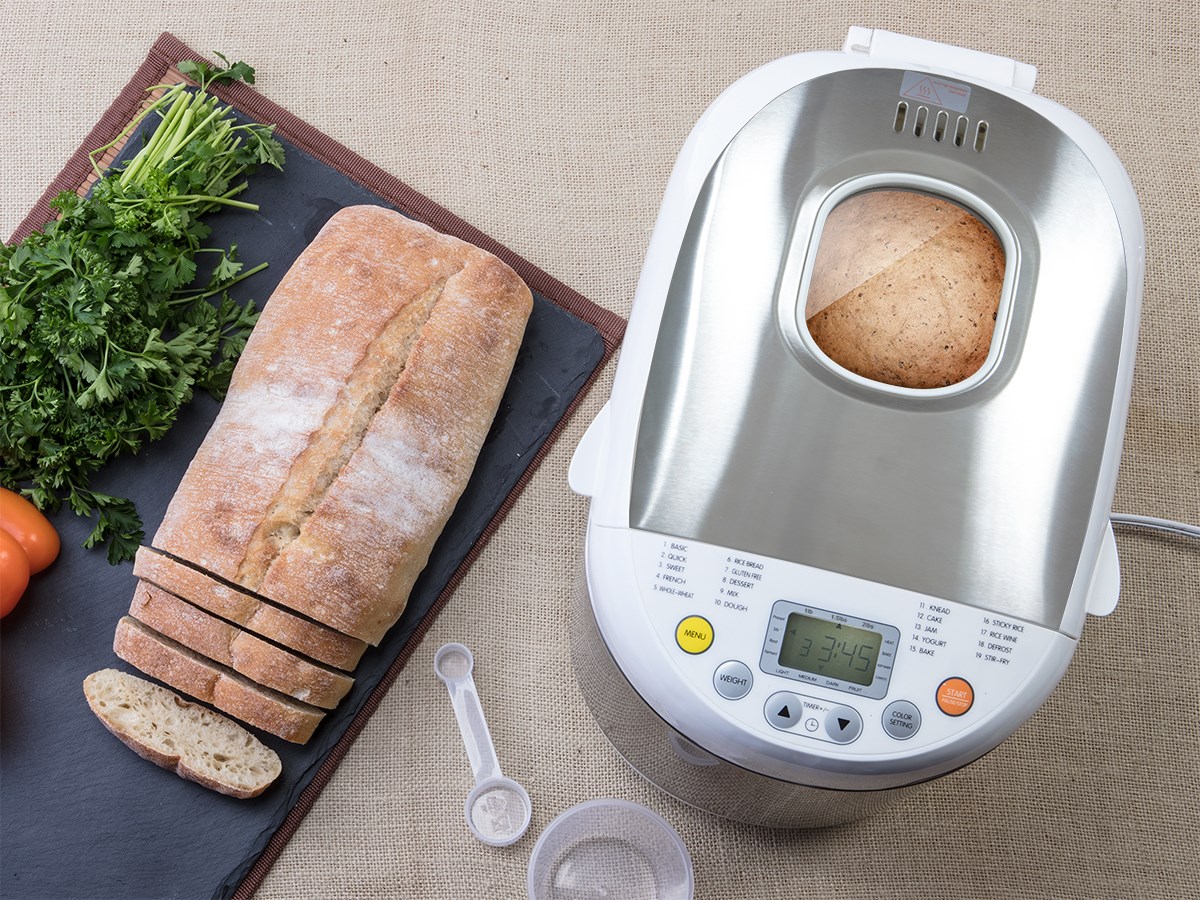
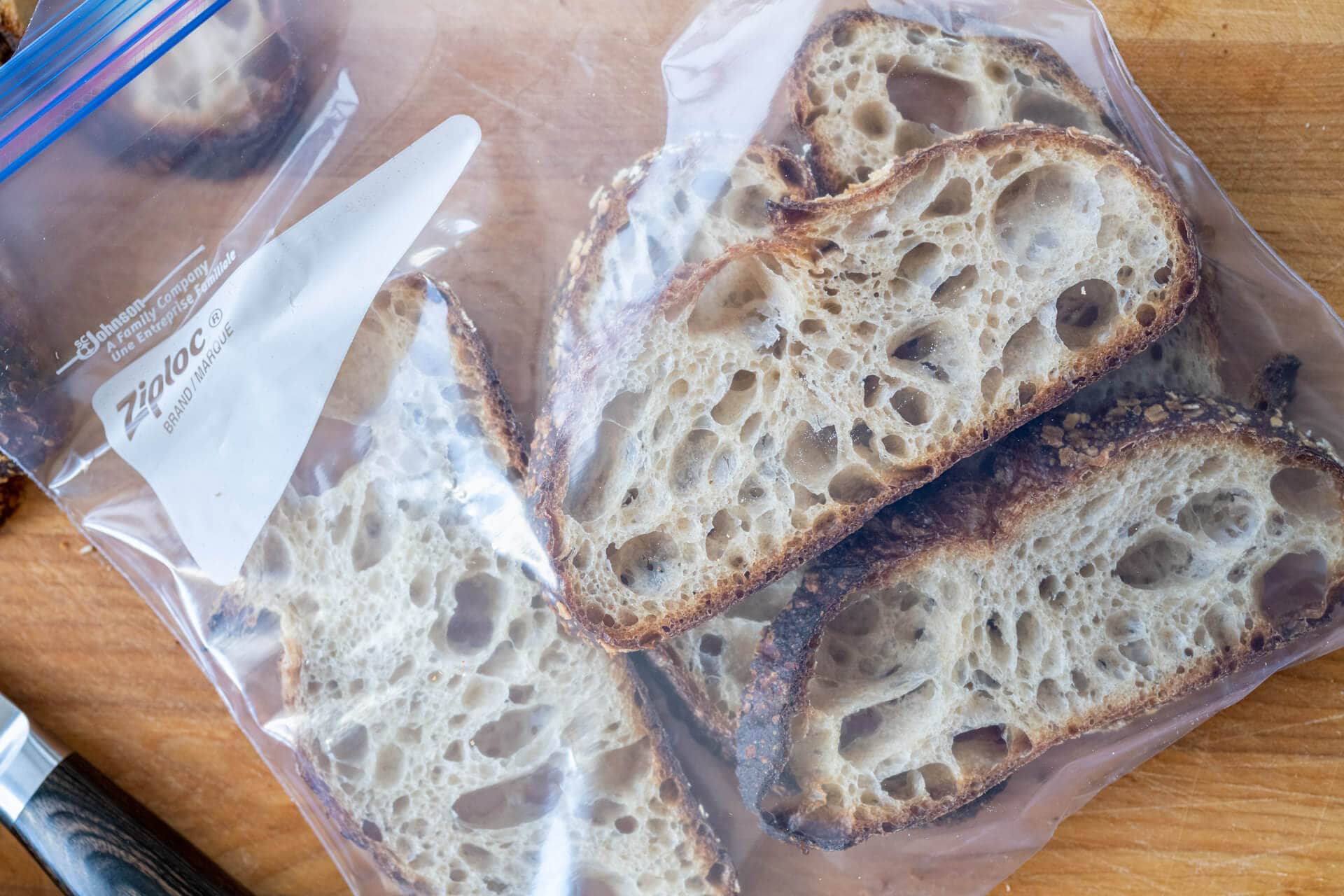
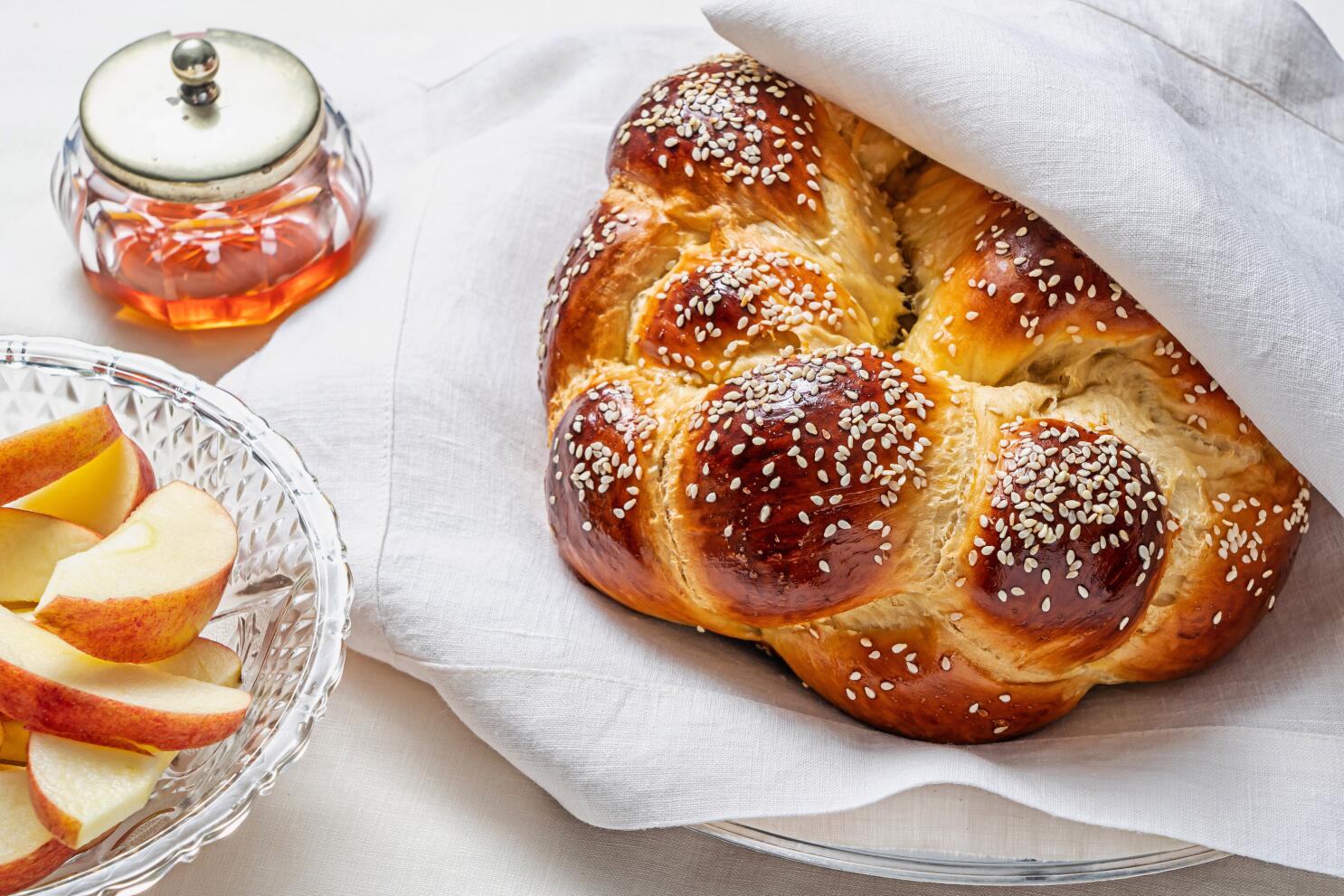
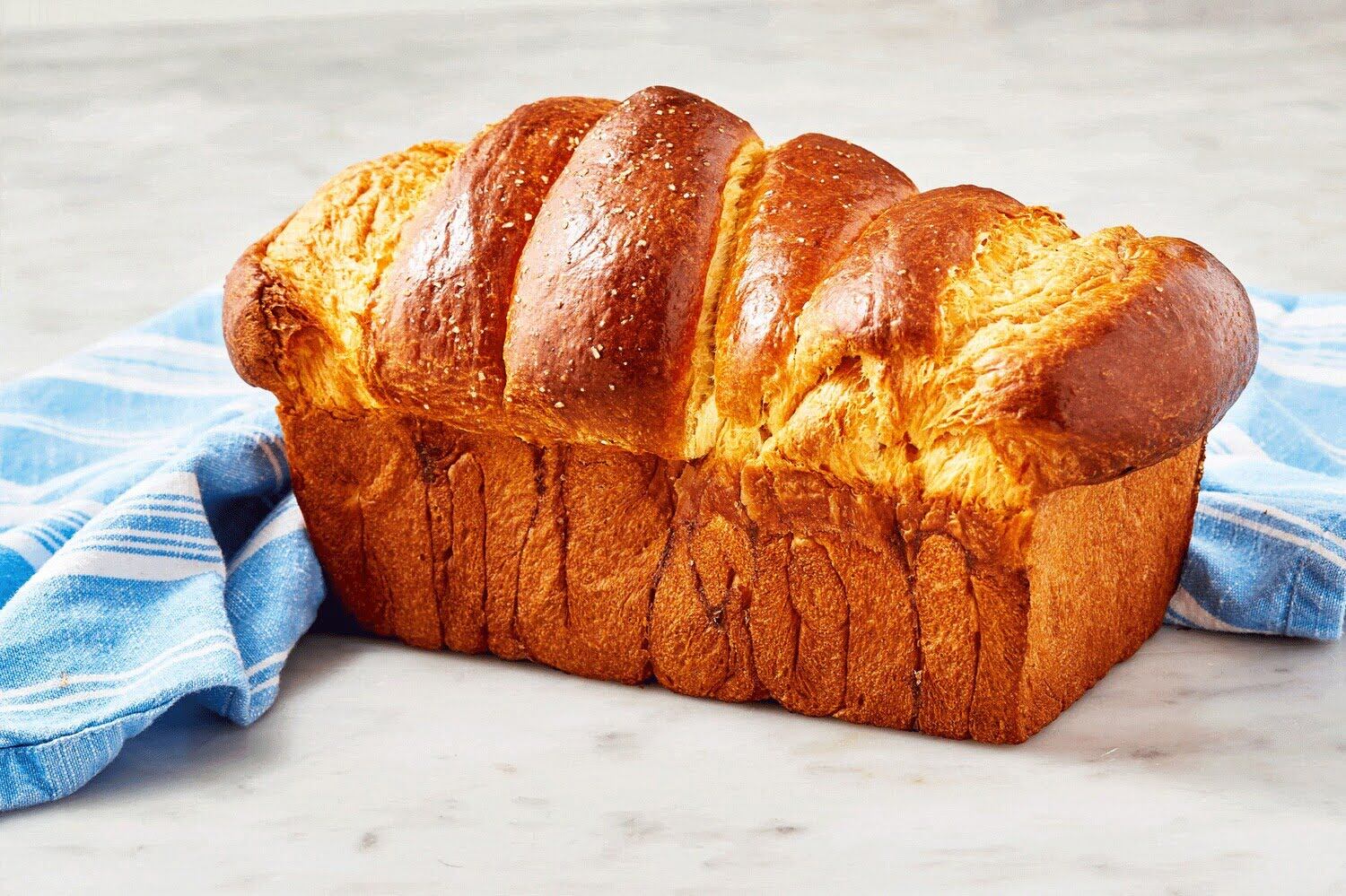

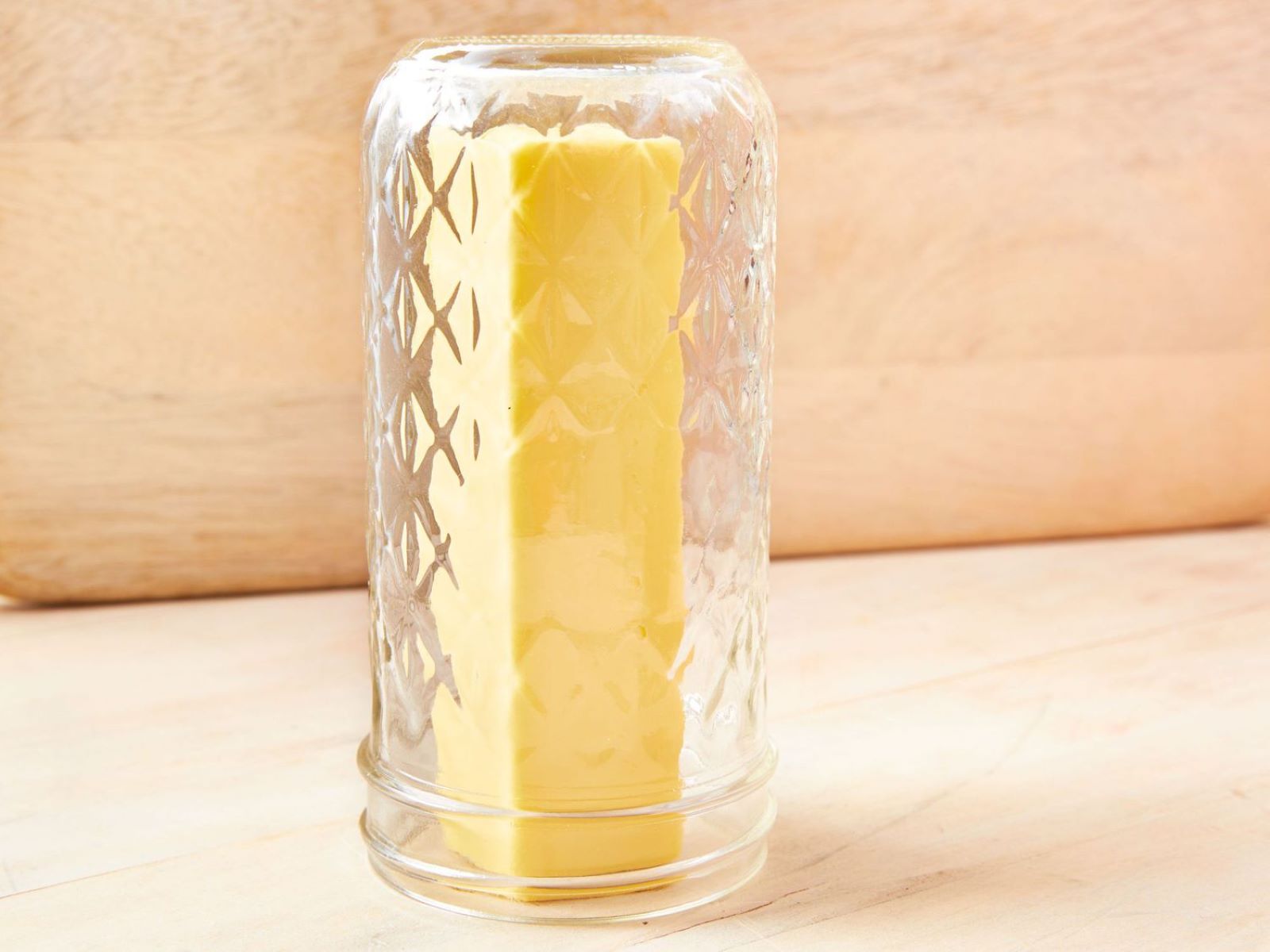



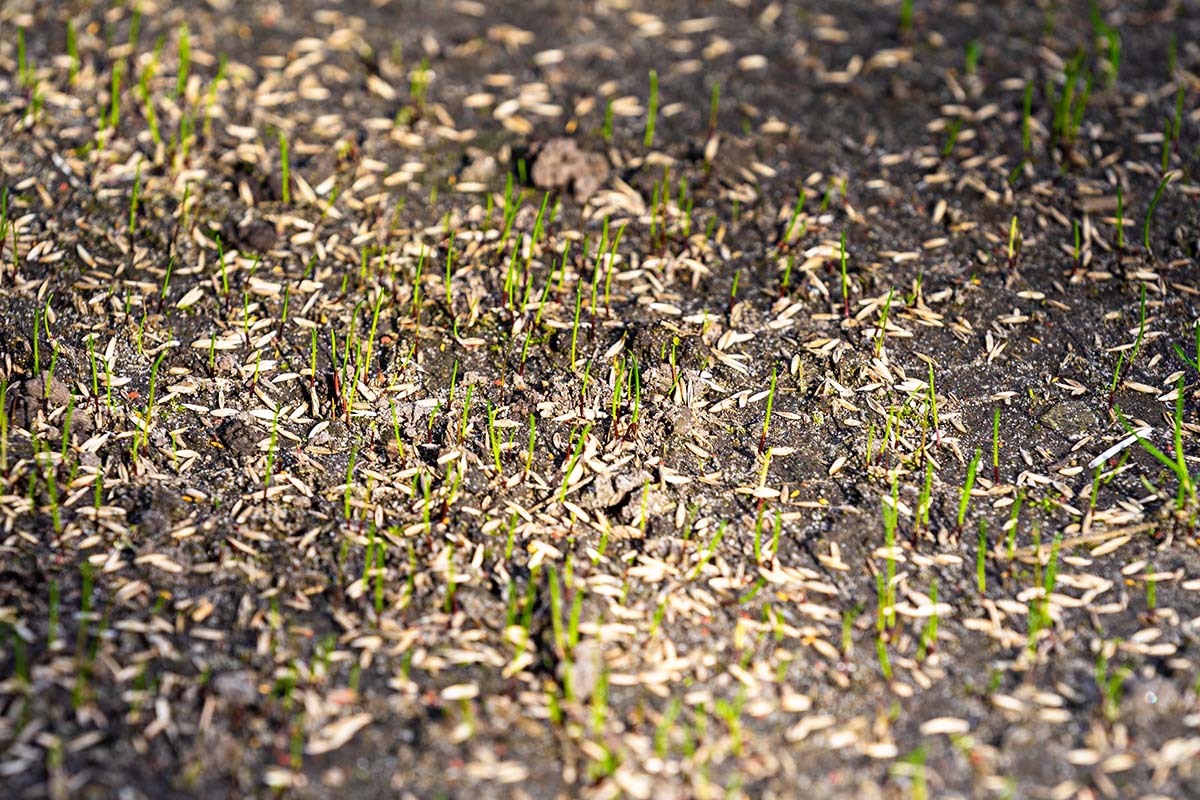

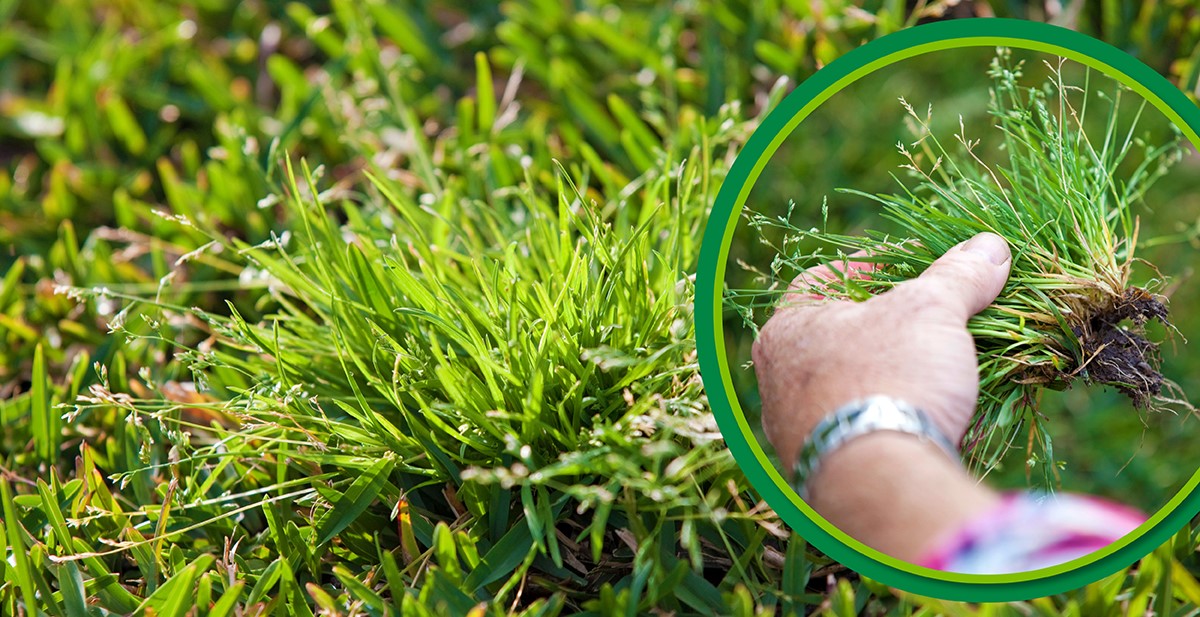
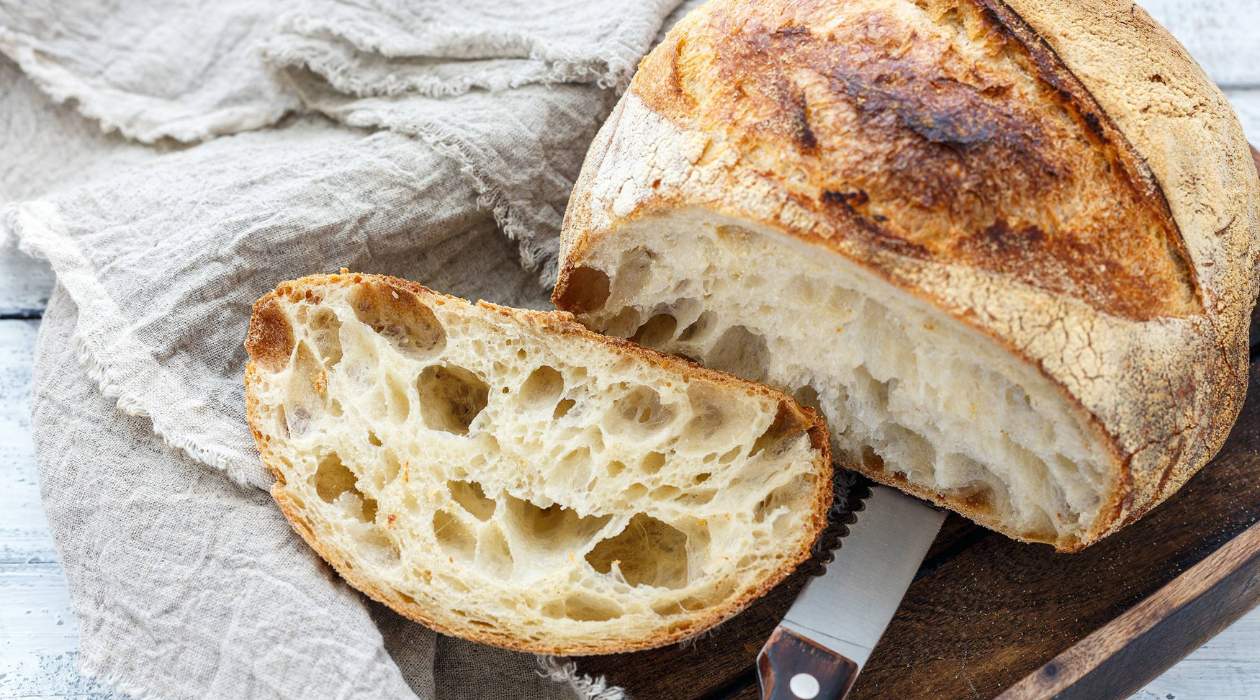
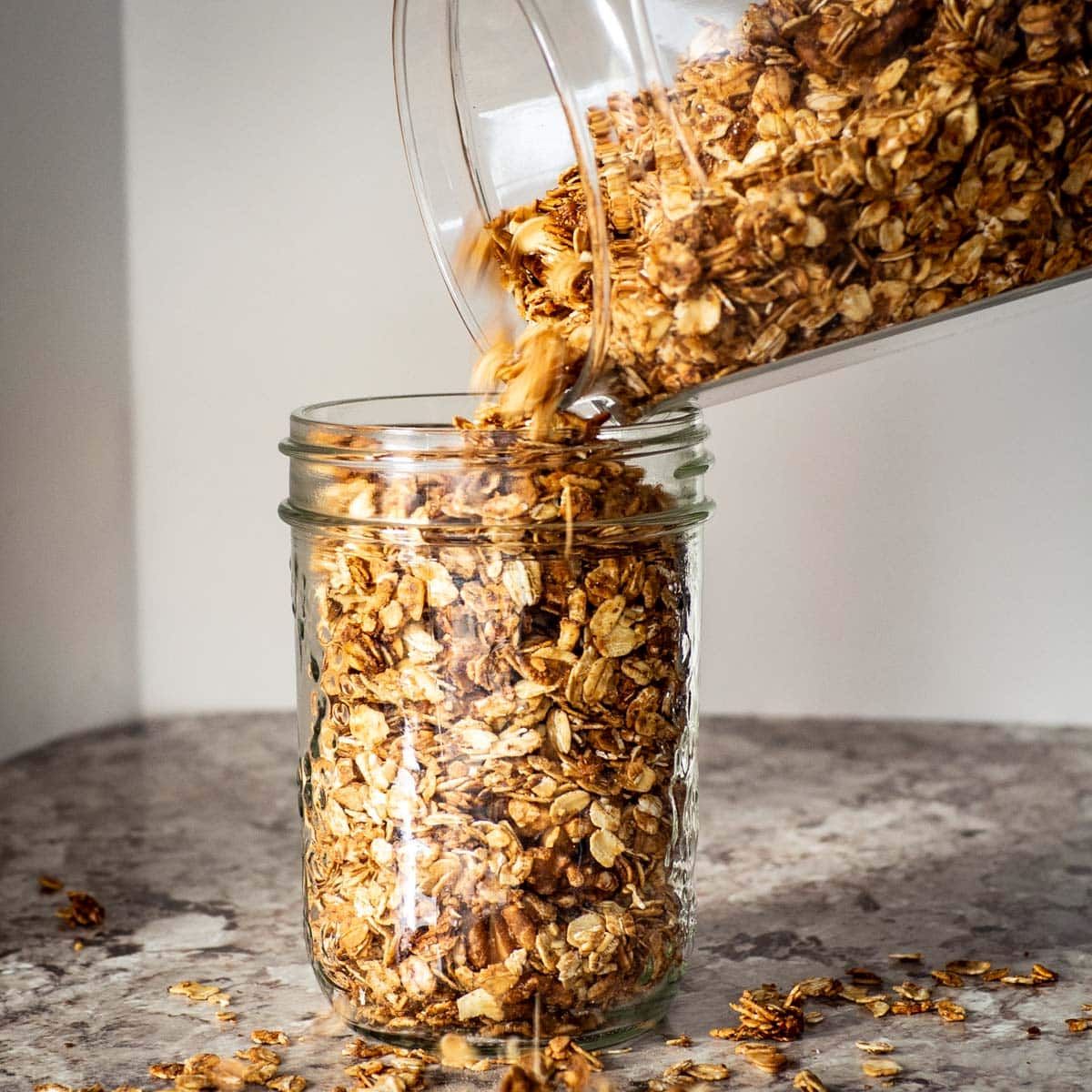

0 thoughts on “How To Store Quick Bread”